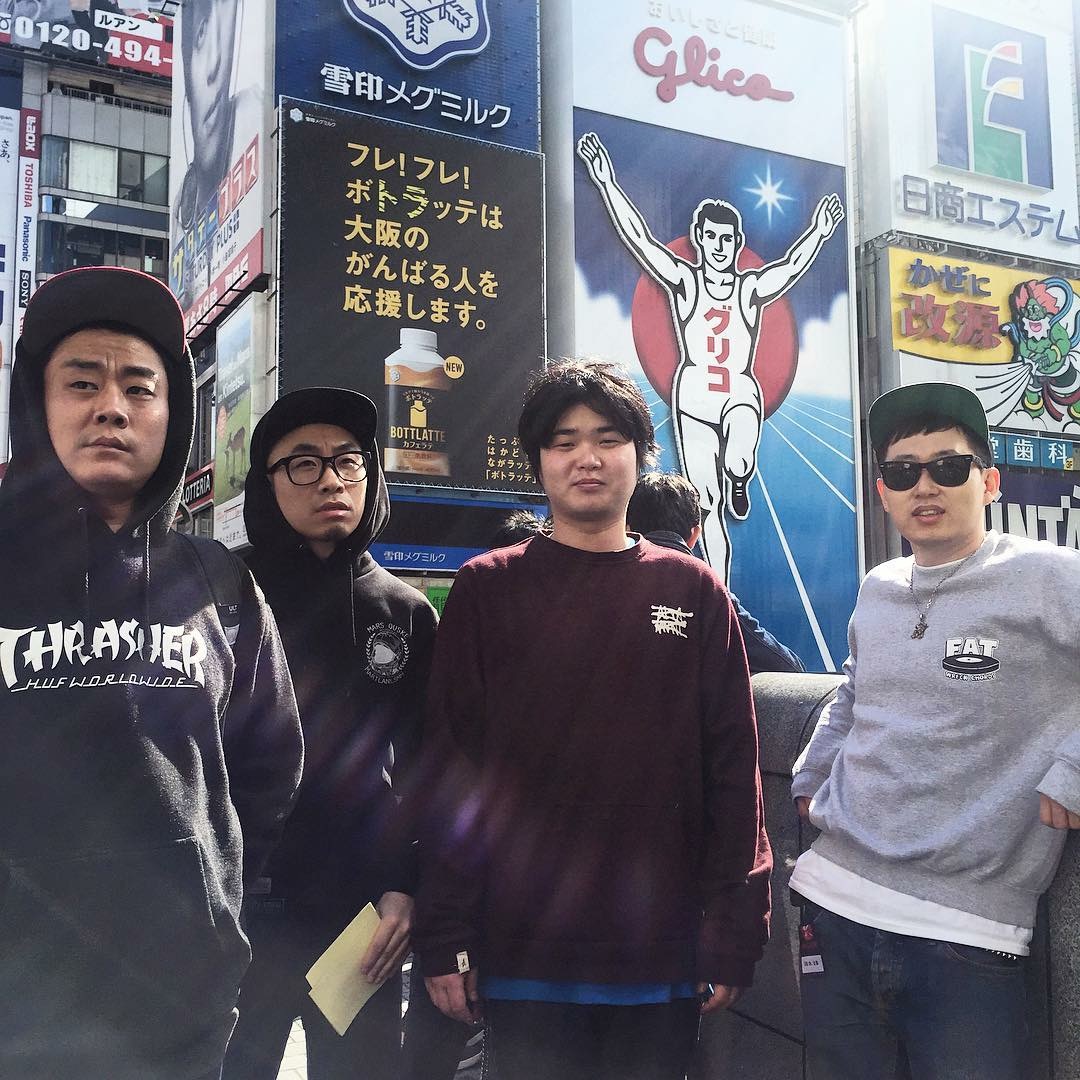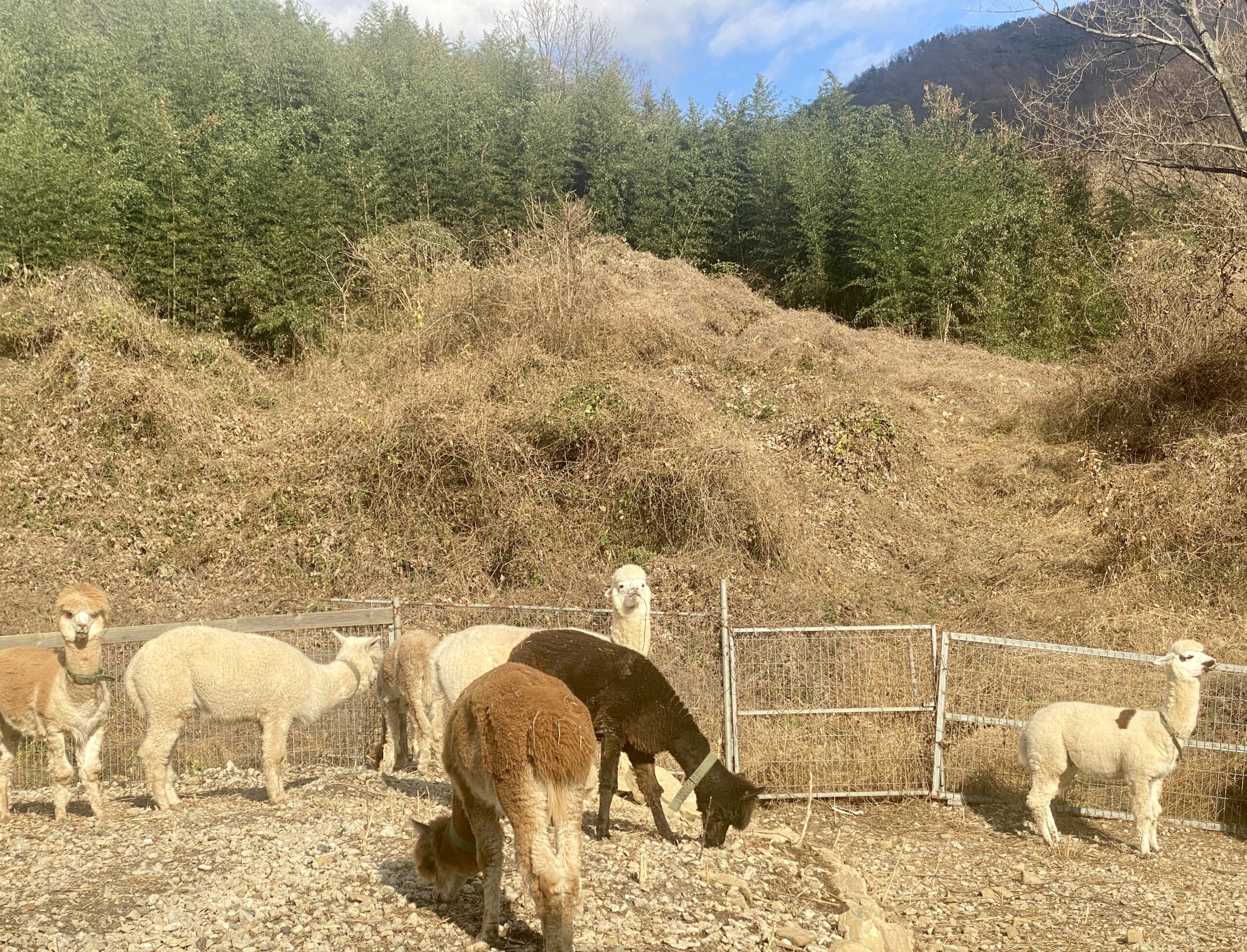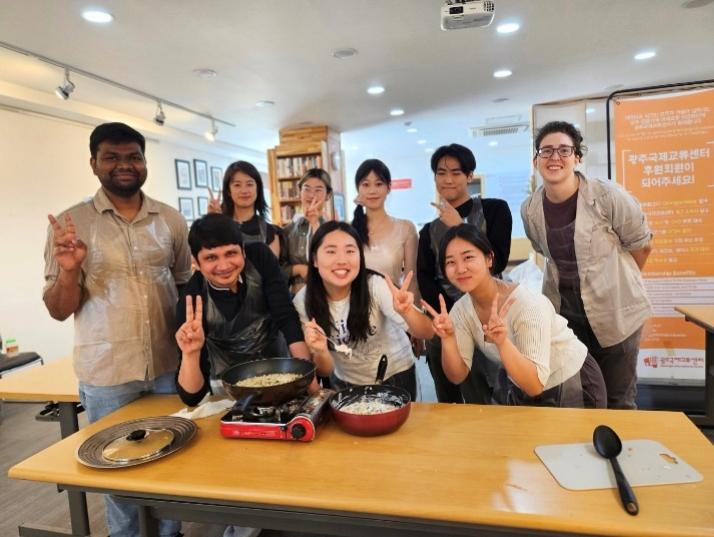American Filmmaker Completes Sua/Nara
Interview with Attila Korosi
By Gwangju News
Attila Korosi is an American film director who, in addition to his endeavors in the United States, has been involved in a number of cinematic projects around Jeollanam-do. After the critical success of his film Live and Die in East LA, he returned to Gwangju to film Sua/Nara, which features a mostly Korean cast and, of course, was filmed entirely on location in Korea. After production of Sua/Nara wrapped, Korosi took some time to answer some questions about his latest undertaking and shed some light on what it is like to make movie magic in the City of Light.
Gwangju News (GN): Congratulations on wrapping production on your most recent work. Could you give us an overview of what your latest film, Sua/Nara, is all about?
Attila Korosi: Thank you very much. Sua/Nara is an action-horror revenge story that is born out of love. What differentiates it from other films in this genre is its fresh conflict point, which touches on interracial marriages in homogenous societies.
GN: This film was shot entirely in Korea. Why did you want to film it here?
Attila Korosi: Well, I married a Korean woman, which allowed me to experience Korean culture and tradition from a very personal perspective. From weddings to funerals, learning about Eastern philosophy as well as experiencing societal behaviors all laid the foundation for this film.
While most commercial films are one dimensional, Sua/Nara aims to reach higher and convey a relevant message and at the same time maintain its commercial appeal through its action-horror genre. And of course, I want to mention that I enjoy staying in Korea, I think the Korean people are wonderful and very smart.
GN: Your last film, Live and Die in East LA, was hard to classify but was kind of along the lines of a “crime drama.” Why did you want to do a different style of film this time?
Attila Korosi: Live and Die in East LA is a very unique film, I dare say more original and artsy in a way that it doesn’t follow the typical three-act storytelling structure inherent in Western films. Instead, it offers philosophical paradoxes and complexities that are more in tune with Asian or European cinema.
With Sua/Nara, it was different; I wanted to marry my love of action cinema to my fear of horror movies. Every time I watch a scary movie I always ask myself “What would an action hero do in a similar setting?” This was the genesis of choosing the genre of Sua/Nara.
GN: I understand that some local governments lent support to this film. Could you explain how they helped out?
Attila Korosi: The whole script was filmed in South Korea. Four cities. Gwangju, Gokseong, Goje, and Paju. From the get-go, we communicated my vision clearly with respect and honesty. People are smart, and they always respond when the message comes from the heart.
For example, the people at Gwangju City Hall were helpful in getting us permits and allowing us to film in certain locations. The Mayor of Gokseong, Mr. Lee Sangcheol, and his administration were tremendously helpful in granting us locations that were previously inaccessible even for major film productions. He and his whole team were very welcoming and even came out to location to check on filming. Wonderful people.
In Geoje, thanks to my close friend and business partner, Julio Ko, Sua/Nara became the first film ever to feature an action stunt scene in an automated parking system. I wasn’t aware until Gui-Duck from BornStunt told me that not even major blockbuster productions could have pulled off such a daring sequence. Gui-Duck Kwon, an action-fight choreographer whose work inspired scenes in the John Wick movies, was eager to team up and became a dear friend of mine. With his assistance, we were able to do some magic in Paju and Geoje.
GN: Compared to your previous film, it seems like Sua/Nara has much more of a focus on action sequences and even involved some choreography by a stunt coordinator from the John Wick franchise. Can you talk about this?
Attila Korosi: I grew up on action films and always wanted to do a large-scale and meaningful action film. At one point, I was talking with Yoko Hamamura, who is a friend of mine, and his business partner Jonathan Eusebio, who is the fight choreographer for John Wick, The Matrix, Deadpool, and others. They read my screenplay and were excited to fly out to Korea and do this project together. However, Jonathan got an opportunity to direct his own film, which is amazing, and I wished him good luck… As destiny would have it, I came across a podcast where the director of John Wick talks about his inspirations, and that is how I heard about a Korean film called the Villainess. The rest is history, ha ha.
GN: Overall, how would you compare this film’s production process vis-a-vis your previous film? What were the good points about filming in Jeollanam-do?
Attila Korosi: Sua/Nara was made possible due to the success of Live and Die in East LA. With that said, it is hard to compare the two. They are not only different in genre but also in the scale of undertaking; the size and logistics are all different. And I’m now a different filmmaker: I’m faster and also a better problem-solver. Before we started filming, I showed the screenplay to the producers of the Santa Barbara International Screenplay Awards, who gave me valuable feedback that helped me not only to grow as a screenwriter, but they also gave me the confidence to show it to other renowned producers.
For example, we filmed Live and Die in East LA over 18 months in one city with mainly a single camera. Sua/Nara was filmed with six cameras, in four cities, and finished in one month. This is a testament to the talent and capabilities of my team. Move Mountains Pictures, our production company, has the resources and talent to produce high caliber films on budget and in record time.
► Check out more info about the film on Instagram @suanara_official.





